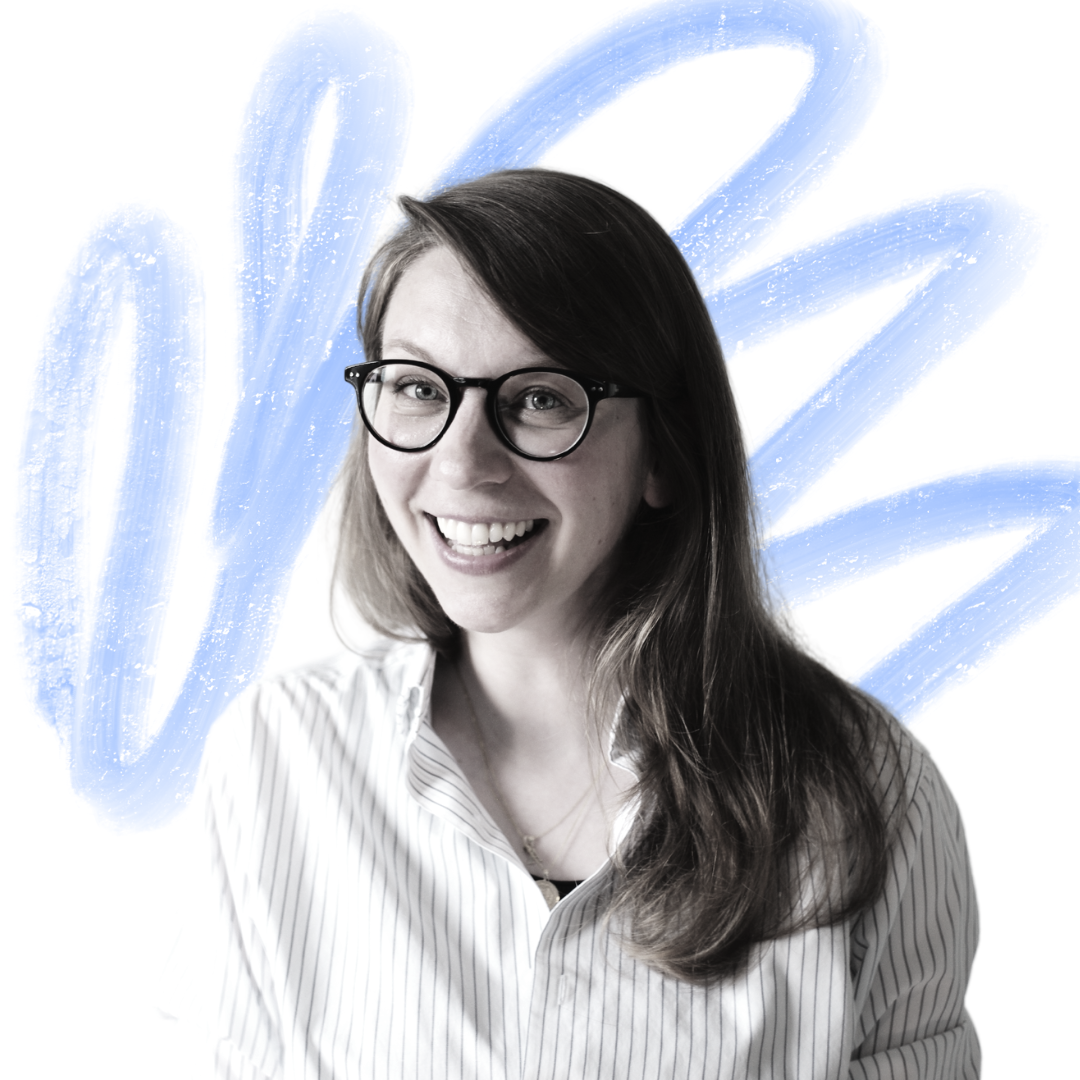Meet
Head of Community at Butter.us
One Story from a community Pro every week! Want to share your story? Send it HERE
One Story from a community Pro every week! Want to share your story? Send it HERE

My Story
Head of Community
Experience: 3.5 years
Colour: YELLOW ☀️
Book: It changes based on the mood. This week I find myself going back to: Everyday Creative—Mykel Dixon
Pets: No pets 😩
A collective space that works like an accelerator platform, and enables its members to achieve goals, no matter if personal, professional, or both.
Anamaria Dorgo Tweet
Like many of us, I ‘stumbled’ into community building. End 2018, I pivoted in Learning & Development after several years as HR Business Partner and found myself the only “learning person” in the company. Half a year into my role, I started wondering what other L&Ds were working on, and felt this urge to get feedback on the work I was doing and inspiration from others. One day, I wrote a couple of messages to a bunch of strangers on LinkedIn, with whom I knew I had at least two things in common: working in L&D and living in Amsterdam. My message was an invitation to get together once a month and share best practices. Half of them got back to me interested in the idea. Four other people attended our first lunch as a “working group”. We talked about what each of us would like to take out of these sessions, what conversation formats we will explore, and how we will take turns facilitating them.
We created a LinkedIn group to stay in touch and plan our gatherings. Each time we met, someone new would come along. 1st And that was the start of what today is a global community of practice called L&D Shakers, with over 3,600 members and an inspiring Core Team of almost 40. Almost two years ago, one of the community members turned friends wrote me a message: “Hey, the team at Butter is looking for a Community Manager, and I just recommended you to their CEO”. I remember smiling and thinking: “Who’s going to want to talk with an L&D Manager about community building?”. I thanked her for the vote of confidence and put it past me. Surely enough, a couple of days later, my current manager contacted me and asked if I was interested in having a conversation. Although I had been building L&D Shakers for over a year and a half by then, it was the first time I ever associated my identity with that of a community manager. Drawn by curiosity, I said yes. Today I am working with a Core Team of 12 members to learn a 1,100+ member global community for facilitators, workshoppers, consultants, educators, and learning designers.
In 2021, I started freelancing at the intersection of Learning Experience Design and Community. I have been working with a few clients to bring communities of learning and practice within organizations and design impactful learning experiences.
Shifting into a ‘formal’ community role came with LOTS of imposter syndrom chatter. Learning how to make peace with it was probably the hardest.
Understanding that the community I am building doesn’t belong to me. The moment I learned to let go, allow others’ visions and ideas in, distribute control and share accountability, everything changed. Learning from other community professionals is important, and I took lots of inspiration from those walking the path before me, but I saw my work lead to the most impact when I followed my intuition and I connected genuinely with those I was building the community with.
A collective space that works like an accelerator platform, and enables its members to achieve goals, no matter if personal, professional, or both.
There’s one strategy that is yet to disappoint me when it comes to member engagement: shifting from thinking about “engagement tactics” to obsessions about “value creation”. Why are our members here? What needs and pains do they have? And how can we collectively, as a community, tackle these challenges? We use co-creation, collaborative projects, and control distribution to a Core Team as levers to help us deliver value constantly and scale with the available resources. Community projects and initiatives usually come from member discovery; we publish a call to action, rally a small team to bring the vision to life, and trust them with the process. The loop is closed by constant genuine recognition of their work and generosity in making these opportunities available to the community.
Just start—You are already ready! Build a community around something you are madly passionate about—It will drive you through setbacks. Start small, and focus on value—You’ll never have to worry about engagement. You don’t need to have all the answers—The community will “talk back” and they’ll tell you what to do.
